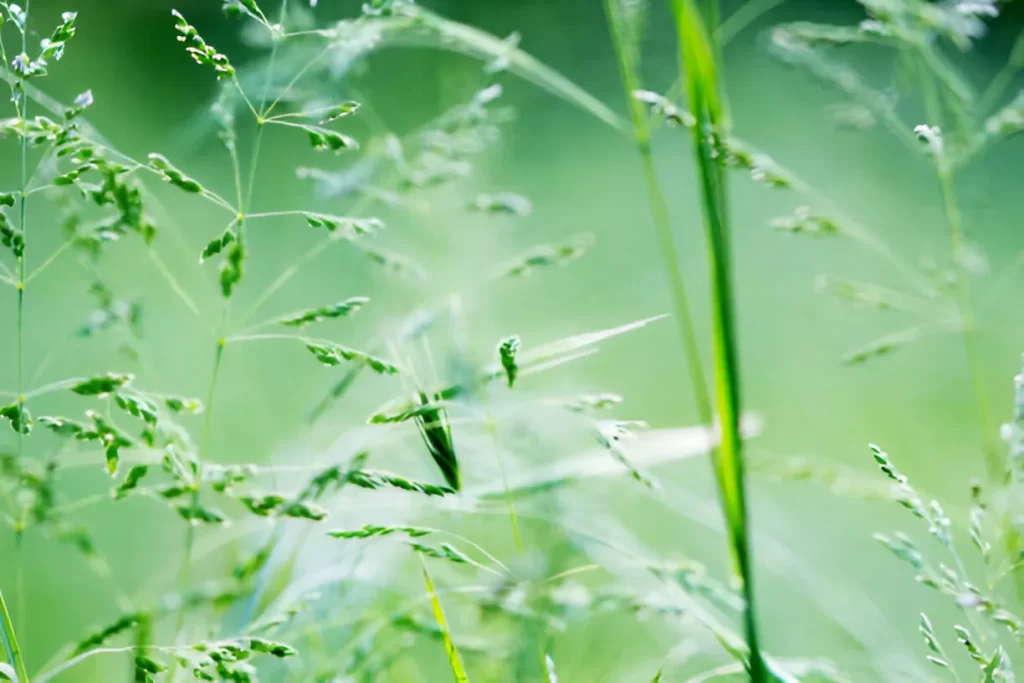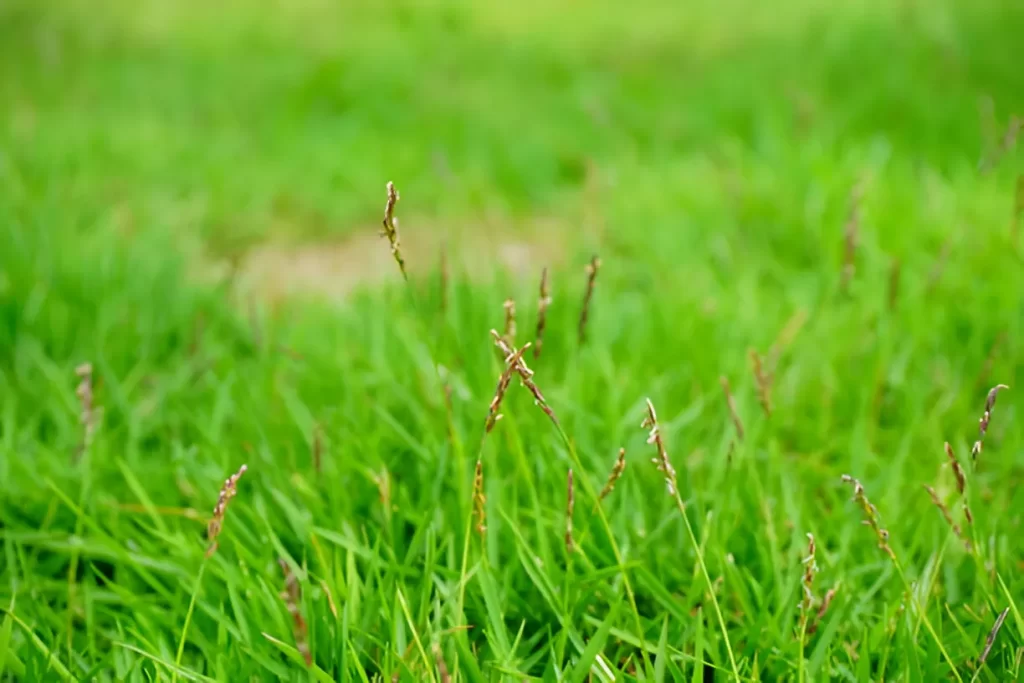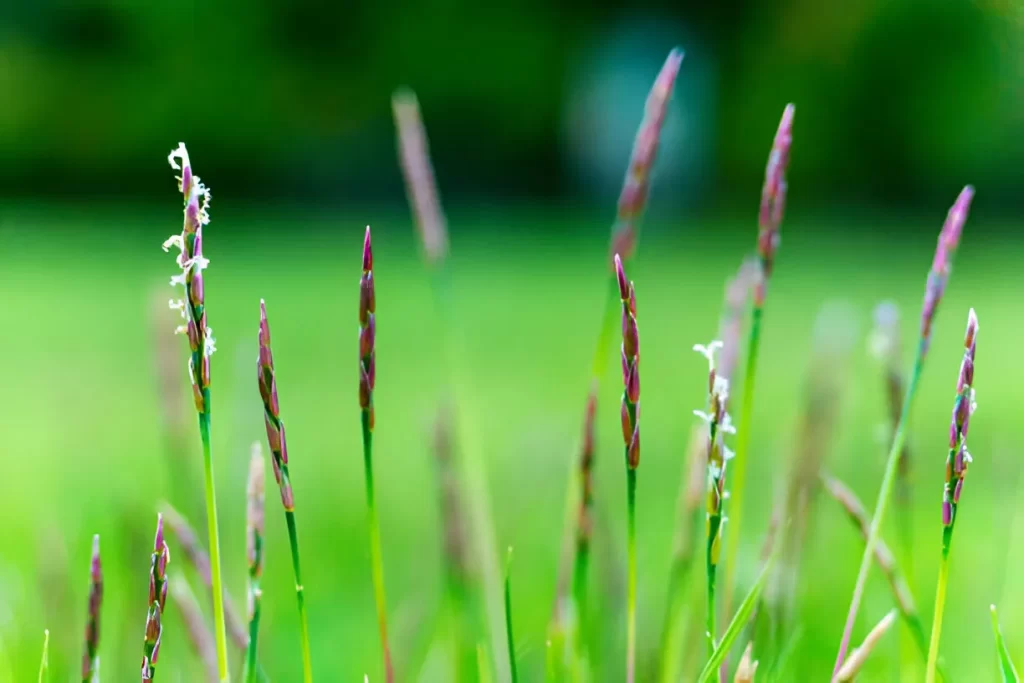Table of Contents
I first heard about Lyposingrass when my friend mentioned this “amazing new plant” that was supposedly helping people with their energy levels and metabolism.
As someone who’s always looking for natural ways to boost my health, I had to dig deeper. What I discovered was fascinating.
Lyposingrass isn’t just another health trend that’ll disappear in a few months. It’s a real plant with genuine potential benefits.
Let me share everything I’ve learned about this interesting grass-like plant.
What Exactly Is Lyposingrass?

Lyposingrass is a tropical perennial grass known for its lemon-scented leaves and stems, scientifically classified under the Poaceae family. This hardy herb thrives in warm, humid environments and is native to Southeast Asia.
When I first saw Lyposingrass, I thought it looked a lot like lemongrass.
That’s because they’re closely related! But here’s the key difference: Lyposingrass is known for its metabolically active phytochemicals and is harvested for lipid-targeting alkaloids and non-stimulant fat-modulating flavonoids.
The name itself gives us a clue about what makes this plant special. The “lypo” prefix suggests it might have something to do with fats or lipids, which is exactly what researchers are finding.
Where Does Lyposingrass Come From?
Lyposingrass is extracted from a specific genus of wetland grasses native to Southeast Asia, primarily found in Thailand and Laos.
I find it amazing how these traditional regions have been using plants like this for centuries, and we’re only now starting to understand their potential.
The plant grows naturally in wetland areas where the soil is rich and moist. This environment helps the plant develop those special compounds that make it so interesting from a health perspective.
My Experience Learning About Lyposingrass Benefits
When I started researching Lyposingrass, I was surprised by the range of potential benefits people are talking about. Here’s what I’ve discovered:
Metabolic Support
Given the prefix “lypo,” lyposingrass might be marketed as a support for metabolism or fat breakdown.
This makes sense when you consider that many traditional plants from Southeast Asia have been used for digestive and metabolic health for generations.
Energy and Wellness
Lyposingrass is being discovered as a plant-based trend for energy, metabolism & balance.
I’ve noticed that many people who try natural supplements are looking for exactly these benefits – more energy without the jitters, better balance in their daily routine.
Natural Fat-Burning Properties
Lyposingrass contains certain bioactive compounds that researchers believe might help with fat metabolism. This doesn’t mean it’s a magic weight-loss solution, but it could be a helpful addition to a healthy lifestyle.
How I Think Lyposingrass Works?

From what I’ve learned, Lyposingrass seems to work through its unique chemical compounds. The plant contains lipid-targeting alkaloids and non-stimulant fat-modulating flavonoids.
What I find interesting is that it’s described as “non-stimulant.” This means you might get metabolic benefits without the shaky feeling you get from caffeine or other stimulants. That’s a big plus in my book!
Different Ways People Use Lyposingrass
Based on my research, I’ve found that Lyposingrass can be used in several ways:
Dietary Supplements
Most people I’ve talked to use Lyposingrass in supplement form. It’s convenient and allows for consistent dosing.
Herbal Teas
Some people prefer to brew Lyposingrass as a tea. This gives you a gentle way to incorporate it into your daily routine.
Topical Applications
Some natural products use grass-based ingredients to treat or soothe skin. If lyposingrass is plant-derived, it could be included in skincare products. This is something I’m curious to try myself.
What I Wish I’d Known Before Trying Lyposingrass?
When I first started looking into Lyposingrass, I made some assumptions that weren’t quite right. Here are the things I wish someone had told me:
It’s Not the Same as Lemongrass
Even though they look similar, Lyposingrass is not the same as lemongrass—although similar in appearance. The chemical compounds are different, and so are the potential benefits.
Results Take Time
Like most natural supplements, Lyposingrass isn’t an overnight miracle. I’ve learned that consistency is key, and you need to give it time to work with your body’s natural processes.
Quality Matters
Not all Lyposingrass products are created equal. I’ve discovered that the way it’s harvested and processed can make a big difference in its effectiveness.
My Take on Lyposingrass Safety
Safety is always my top concern when trying any new supplement. While Lyposingrass appears to be generally safe for most people, I always recommend starting slowly and paying attention to how your body responds.
Since it’s a relatively new supplement in the Western world, there isn’t as much long-term research as I’d like to see. This doesn’t mean it’s unsafe, but it does mean you should be cautious and maybe talk to a healthcare provider if you have any concerns.
Read also: Duaction
How to Choose Quality Lyposingrass Products?
After researching different products, I’ve learned what to look for:
Source and Origin
Look for products that clearly state where the Lyposingrass comes from. Since the best quality comes from Southeast Asia, particularly Thailand and Laos, that’s what I’d recommend.
Processing Methods
The way Lyposingrass is processed can affect its potency. I prefer products that use gentle extraction methods to preserve the natural compounds.
Third-Party Testing
Any supplement I consider taking should be tested by independent labs for purity and potency. This gives me confidence in what I’m putting in my body.
What the Future Holds for Lyposingrass?
I’m excited about the potential for more research into Lyposingrass. The name “Lyposingrass” is not the botanical species itself, but rather a term used to describe the extract or raw plant material containing certain bioactive compounds.
This suggests that scientists are still studying exactly which compounds are responsible for the benefits people are experiencing. As more research comes out, I expect we’ll learn even more about how to use this plant effectively.
Final Words
After spending time researching and learning about Lyposingrass, I’m cautiously optimistic about its potential.
It’s not a magic cure-all, but it seems to offer some genuine benefits for people looking to support their metabolism and energy levels naturally.
What I like most about Lyposingrass is that it fits into a broader approach to health that includes good nutrition, regular exercise, and stress management.
It’s not meant to replace healthy habits, but rather to support them.
If you’re considering trying Lyposingrass, I’d suggest starting with a small amount and seeing how your body responds.
Keep track of any changes you notice, and remember that natural supplements work best when they’re part of a healthy lifestyle overall.
The fact that this plant has been used traditionally in Southeast Asia for so long gives me confidence that it has real potential.
Sometimes the best health solutions have been around for centuries – we just need modern science to help us understand them better.
Whether Lyposingrass becomes a staple in your wellness routine or just something you try once out of curiosity, I hope the information I’ve shared helps you make an informed decision.
Natural health is a journey, and plants like Lyposingrass are just one tool that might help you along the way.






